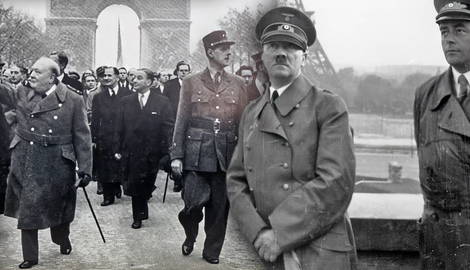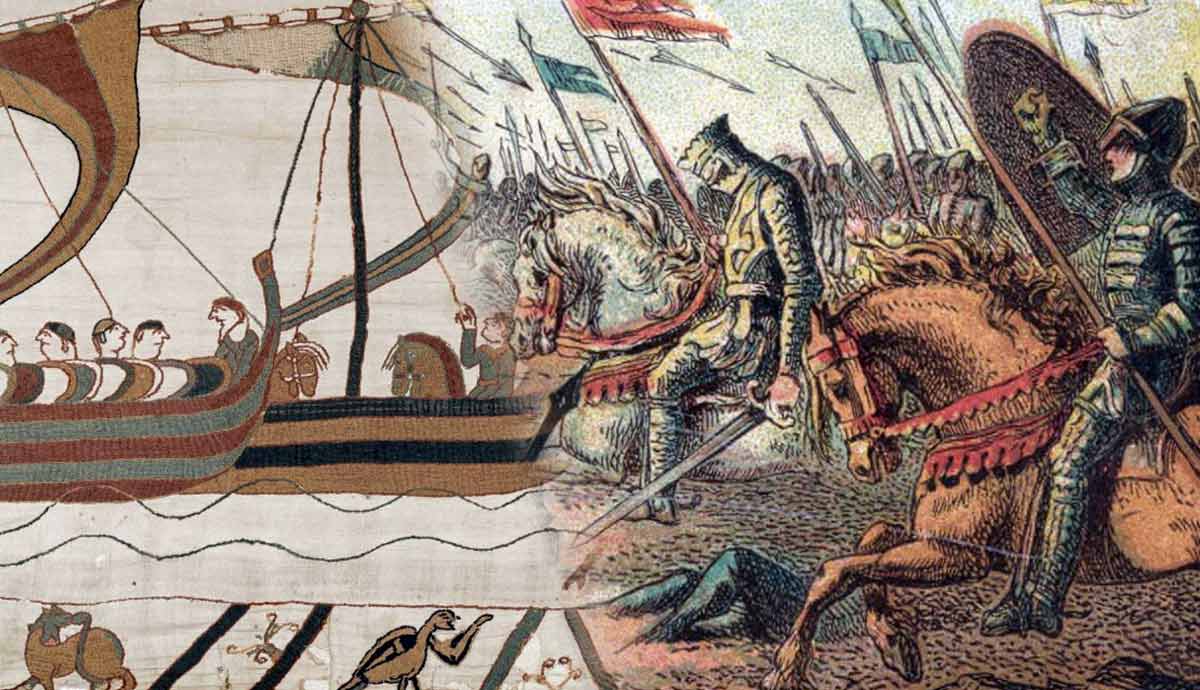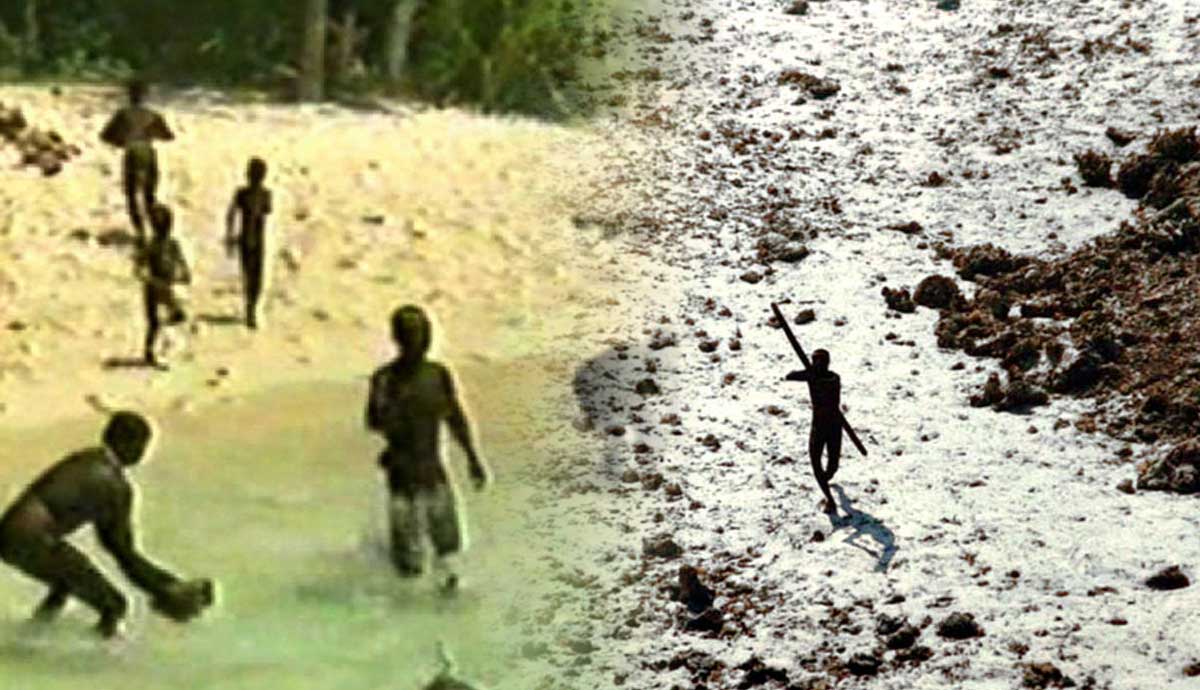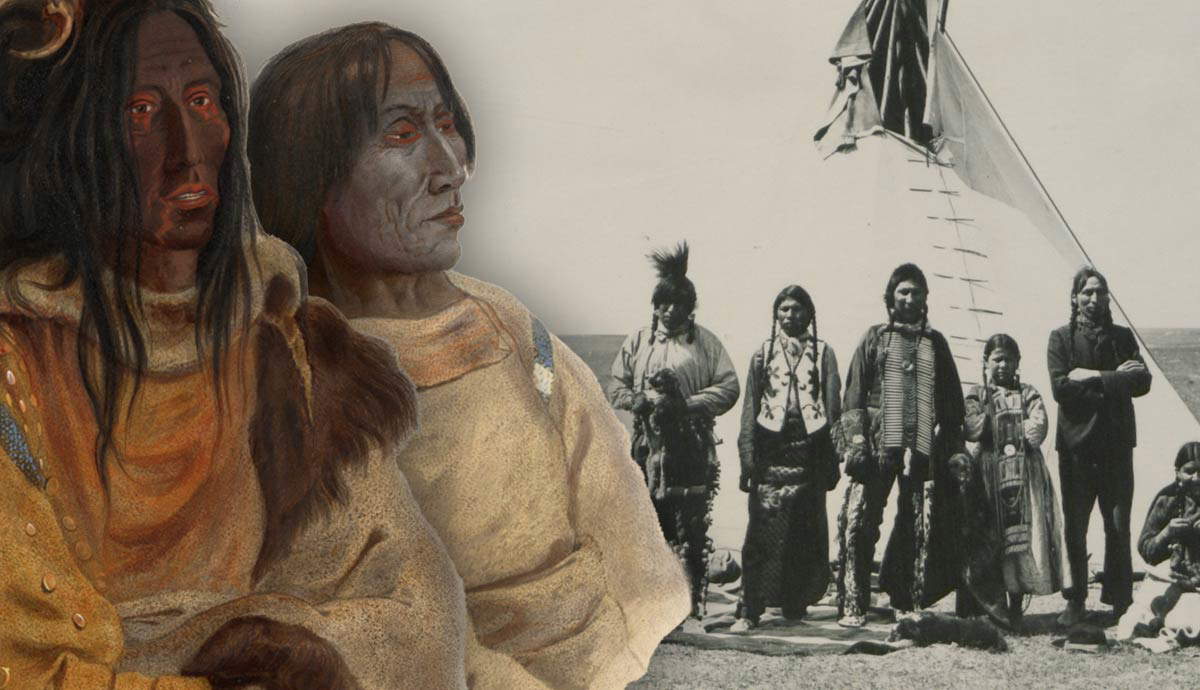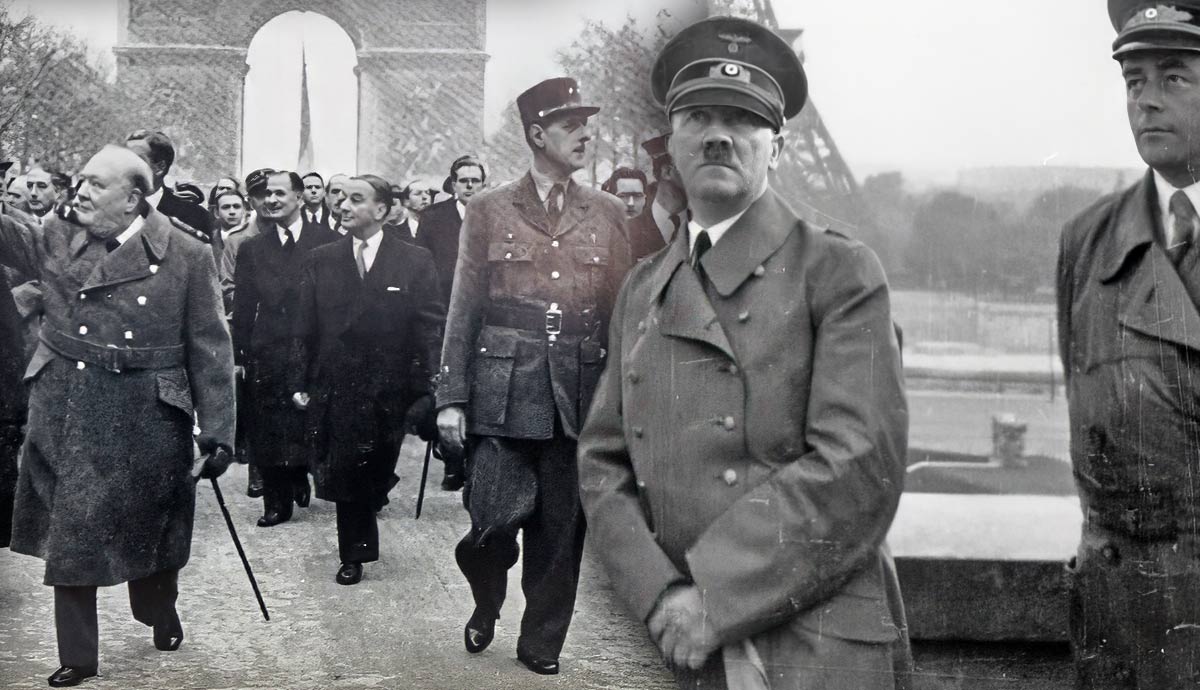
In 1940, Germany shocked the world with its swift invasion of France after months of a tense “Phoney War” between the Axis and Allied powers in Europe. Within six weeks, France had fallen, and the Nazis controlled Paris, making it the “crown jewel” of Adolf Hitler’s empire. When the Allies invaded France in 1944 to open a second front against Germany, questions raged about liberating Paris. Could it be done without tremendous loss of life? How far would Hitler go to keep the Americans and British from liberating the city that had consumed him since World War I? Today, World War II history–both fact and fiction–frequently romanticizes the struggle against the Nazis with occupied Paris as the backdrop.
Setting the Stage: Historic Seizures of Paris

The city of Paris has been seized by invading armies several times throughout history. Prior to World War II, Paris was most famously captured during the Napoleonic Wars. On March 31, 1814, the defenders of Paris officially surrendered to the Sixth Coalition of allies (led by Britain, Russia, and the German states). The British had closed in from the west after liberating Spain in the Peninsular War, while the Russians had closed in from the east after Napoleon Bonaparte’s ultimately unsuccessful invasion of Russia and capture of Moscow. A defeated Napoleon was sent into exile, and the Sixth Coalition returned a more conservative monarchy to power in France.
In 1871, Paris was captured again during the Franco-Prussian War. German troops besieged the French capital between September 1870 and the end of January 1871 after an unexpectedly fast mobilization and offensive. During the siege, the city suffered terribly, and Parisians were forced to scavenge food and wood from any available source. A socialist uprising in the aftermath of the Franco-Prussian War briefly took control of Paris and resulted in more violence and destruction. In May 1871, French troops under the new government finally restored order in the city.
Setting the Stage: Western Front of World War I

In World War I, Germany surprised the Allied Powers (Britain, France, and Russia) by invading France through neutral Belgium. Although this move brought Britain into the war, it allowed the Germans to bypass extensive French defenses. The Germans moved toward Paris as quickly as they could but were stopped short. Both sides dug in, creating the horrors of trench warfare as growing trenches became fortified with minefields, machine guns, barbed wire, and poison gas. The trenches created a miserable stalemate for three and a half years.
On March 21, 1918, Germany broke the trench warfare stalemate with its powerful Spring Offensive. Using hundreds of thousands of soldiers freed up from the Eastern Front after Russia had left the war with the Treaty of Brest-Litovsk, Germany pushed closer to Paris than at any point before September 1914. However, the loss of Russia in the east was balanced by the entry of the United States into the war at the same time. Hundreds of thousands of American troops helped stop the Spring Offensive and then pushed the Germans back to their starting point with the Hundred Days Offensive. In November 1918, Germany asked for an armistice, ending the war.
May 1940: Invasion of France

Because no foreign troops had entered Germany during World War I, many Germans felt that their country had been sabotaged from within. A World War I veteran named Adolf Hitler seized on these suspicions to help rise to power, blaming Jews and other minorities for “stabbing Germany in the back.” In his 1926 book Mein Kampf, Hitler openly sought revenge against France and Britain for World War I. At the time, Germany was suffering from hyperinflation due to the massive printing of money to pay off the war debt.
After becoming dictator of Germany in the 1930s, Hitler prepared for war. When he invaded neutral Poland on September 1, 1939, World War II in Europe erupted. For months, however, the situation remained quiet. Then, in April 1940, Hitler suddenly invaded Norway. On May 10, he invaded France, prompting the Battle of France. While Britain and France anticipated a relative repeat of World War I, Germany used new blitzkrieg tactics to surpass French defenses. Shocking the world, Germany defeated France in only six weeks, seizing Paris. A world power had fallen in record time.
Fall of France & the Vichy Regime

Germans stormed into Paris on June 14, 1940, eight days before France capitulated. Many Parisians had fled beforehand, anticipating the crackdown on freedoms and norms that awaited under the Nazis. Despite France being granted an armistice rather than facing unconditional surrender, the Nazis kept Paris for themselves. Some degree of French self-government was allowed in southern France with the Vichy regime. This collaborationist government was so named because it was headquartered in the town of Vichy.
In both occupied and Vichy France, the Germans demanded French resources and laborers, who were shipped to Germany to help power the Nazi war machine. As a result of German seizures of resources, most French families suffered from food shortages. In occupied Paris, the Nazis rounded up Jews and shipped them to concentration camps as part of the Holocaust. In southern France, the Vichy regime also participated in anti-Semitic policies. As the war raged on, expanding into southeastern Europe and the Soviet Union in 1941, France remained firmly under German control.
The French Resistance

Although France had fallen swiftly in 1940, many French citizens did not simply accept Nazi control. Many fled to French territories in North Africa, to Britain, or other countries not under German control. General Charles de Gaulle, who had fled to Britain, was the de facto leader of Free France. The Free French movement included the French Resistance of spies and saboteurs who lived in France and worked to undermine the German occupation. This included sending intelligence of German activities to the Allies.
Throughout the course of World War II, the French Resistance numbered up to 500,000 individuals, of whom up to 90,000 were captured and punished – including execution. Some members of the Resistance helped Allied airmen who had bailed out over France escape capture by the Germans. Others helped hide Jews or others who were persecuted by the Nazis or assisted in their escape to neutral countries like Spain by providing maps and falsified identification papers. The French Resistance became more effective over time as it coordinated with Allied intelligence agencies beginning in 1942.
Opening a Second Front?

After the American invasion of North Africa in November 1942, Germany took formal control of Vichy France in retaliation for poor French performance in resisting the invasion of French North Africa. On the Eastern Front, Germany and the Soviet Union were locked in the brutal Battle of Stalingrad; World War II in Europe still teetered toward a potential Nazi victory. Then, the Soviets pushed back and re-took Stalingrad in January 1943. The Allies now faced a new challenge: the opening of a Second Front in Europe. Although the Americans and British were fighting in North Africa, the Soviets wanted a front opened in Western Europe itself to divert German forces away from a still-struggling USSR.
The British and Canadians, along with a handful of American commandos, had probed Germany’s defenses of France in August 1942 with the Dieppe Raid. The Raid on August 19 was a failure but provided invaluable lessons and experience for a larger future invasion. Both the Allies and the Germans set about to plan for the next inevitable strike. In September 1943, the Allies invaded Italy, opting to attack the “soft underbelly of the Axis” rather than “Fortress Europe” to open up the Soviets’ desired Second Front. Still, everyone knew that the Allies would have to “crack” Hitler’s Fortress Europe sooner or later. This meant the Germans would be well-prepared: Hitler ordered the construction of the Atlantic Wall defenses.
June 6, 1944: D-Day Invasion

Finally, the moment struck: On June 6, 1944, the Allies commenced Operation Overlord, also known as the Normandy invasion. The liberation of France began with the largest amphibious invasion in history, with American, British, and Canadian troops surging ashore on five beaches along France’s northern coast. German resistance was fierce, and victory was not assured: US General Dwight D. Eisenhower, commander of the invasion, had prepared a speech in the event of its failure. Fortunately, the invasion opened up a beachhead, allowing more troops and supplies to be brought ashore.
Anticipation of the invasion had driven Germany to pull more divisions from the Eastern Front to France, as was intended. However, this meant the battle to liberate France would be more intense: German forces were concentrated. However, the Allies benefited from German disagreements on how to defend France beyond the beaches. Some commanders wanted to stage armor in Paris and wait to strike the Allies as they approached, while others wanted to keep the armor close to beaches to push the Allies back into the sea as soon as possible. This indecision cost the Germans dearly, as no single commander had enough firepower to defeat the oncoming Allies.
Hitler Orders Paris Burned

As World War II dragged on, German dictator Adolf Hitler took greater and greater control of military decisions. In France, Hitler’s poor strategy benefited the Allies: he split his dwindling reserves of armor into multiple locations, allowing none to be highly effective. He also wanted to ensure that the Allies did not liberate Paris. Ironically, liberating Paris was not a key goal of the Allies, as it was not a primary military resource for the Nazis. As Allied forces neared Paris, uprisings began within Paris itself, led by the French Resistance.
Free French leader Charles de Gaulle, who had just arrived in France, urged the Allies to retake the city before the Germans crushed the rebellion within. Between August 19 and August 22, skirmishes raged between the French Resistance and German troops occupying the city. On August 23, Hitler ordered German forces within the city to inflict maximum damage. The next day, small Free French forces approached the city and announced that liberation would happen shortly. Although this was not approved by the Allied leadership, the proclaimed message was agreed to, and Allied forces approached Paris.
Hitler Defied: Paris Made an Open City

Famously, Adolf Hitler demanded Paris be destroyed rather than allow it to be captured by the Allies. Allegedly, he ordered General Dietrich von Choltitz, commander of the roughly 20,000 German troops in Paris, to burn the city. Choltitz refused, and the 2nd armored division of the Free French military forces entered the city on August 25. The Germans had chosen to make Paris an open city, meaning it would not contest its liberation by resorting to dreaded urban warfare. Choltitz was taken to police headquarters, where he signed a surrender document.
Whether or not Choltitz should be considered the “Savior of Paris,” as he once described himself, is controversial. The captured general wrote his memoirs, entitled Is Paris Burning?, in 1951, borrowing the question allegedly demanded by Adolf Hitler as the Allies liberated the capital city. The book was made into a movie in 1966. Despite some claiming that Dietrich von Choltitz was an active participant in the Holocaust during World War II, others have long praised his refusal to carry out Hitler’s orders to destroy Paris. In 2014, the film Diplomacy dramatized the liberation of Paris and the general’s role.
Free French Re-Establish Their Nation

On August 26, 1944, one day after the city was officially liberated, Charles de Gaulle marched through the Arc de Triomphe. Crowds of Parisians were jubilant despite the presence of a handful of remaining German snipers. De Gaulle requested that Allied armies remain in the city to provide security, but General Eisenhower could not spare any divisions due to the continued fighting. However, US forces were diverted through the city on the way to the east-moving front on August 29 in order to boost French morale and provide temporary security.

Although Paris had not been physically damaged like other Nazi-controlled European capitals, its citizens had been weakened by food and supply shortages, which would take many months to rectify. In the aftermath of liberation, there was some unrest in Paris as people blamed each other for collaboration with the Nazis during the previous four years of occupation. Ad hoc courts sprang up across the city to punish those accused of assisting the Germans. Charles de Gaulle, as leader of the Free French, became leader of the Provisional Government of the French Republic and later served as president of France from 1959 to 1969.
